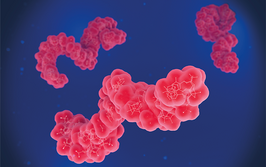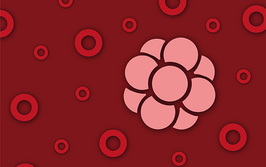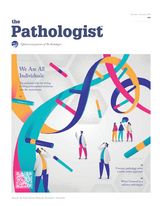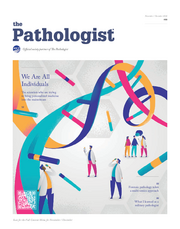Don’t Hold Your Breath
Clinical use of GC-ion mobility spectrometry has great potential – but major hurdles lie ahead
Ion mobility spectrometry coupled to rapid gas-chromatographic pre-separation (GC-IMS) has enormous potential for noninvasive, rapid, sensitive and selective analysis of complex gas-phase mixtures. GC-IMS can provide a comprehensive analysis of a gas-phase mixture in a few seconds, after a noninvasive sampling of a small volume (typically 1–8 mL) – even with mobile instruments. Such noninvasive sampling could make the method very useful for the analysis of human breath (1) for (early) diagnosis of diseases, but also for analysis of medication and for the rapid identification of microorganisms.
Several studies have been conducted over the past two decades, demonstrating the potential of GC-IMS for quantification of the anesthetic propofol in breath during surgery (2), for the identification of characteristic patterns for kidney failure with potential for early diagnosis (3), or even for gathering additional information from animal models (4). Furthermore, characteristic patterns of bacteria and fungi cultures can now be identified after 24 hours of incubation, a step forward for the early application of specific antibiotics (5). So why is the method still not in routine operation in hospitals?
One obvious reason is the complex authorization process analytical instruments must undergo before they are approved for clinical use – a necessary but costly and time-consuming undertaking. More specifically to diagnosis, in most cases, explicit characteristic biomarkers are not yet known.
To develop a diagnostic application using noninvasive GC-IMS, we have to surmount three major hurdles:
First, and most challenging, we must conduct detailed investigations in a large cohort of patients and healthy controls to identify a characteristic pattern of biomarkers. Other stumbling blocks may include inaccurate gold standards for comparison, different states of the disease, comorbid diseases, and all this without having a guarantee of complete success in the development of a characteristic pattern. Regardless, this time-consuming step is most important with regard to method development for medical diagnosis.
Second, once the pattern is defined, all biomarkers must be identified and their causal relation to the disease proven by means of metabolic pathways.
Third, the developed and proven diagnostic method must be validated in a blinded clinical study for specificity and sensitivity.
The first challenge – identifying the valid relevant pattern of biomarkers for a particular disease – is the real key to GC-IMS implementation in the clinic. With the right biomarkers, the conversion of a prototype into a proven medical instrument is, to some degree, a matter of course (although certainly requiring significant time and investment). Despite the challenges, the speed and ease of GC-IMS analysis puts it in an excellent position. And having seen it in action, I believe it will be only a matter of time before the first diagnostic GC-IMS will begin to conquer hospitals and point-of-care facilities.
- W Vautz et al., “Baumbach: Breath analysis— performance and potential of ion mobility spectrometry”, J Breath Res, 3, 036004 (2009). PMID: 21383468.
- T Perl et al., “Determination of serum propofol concentrations by breath analysis using ion mobility spectrometry”, British J Anaesthesia, 103, 822–827 (2009). PMID: 19887534.
- N Pagonas et al., “Volatile organic compounds in uremia”, PLOS ONE, 7, e46258 (2012). PMID: 23049998.
- S Neuhaus et al. “Comparison of metabolites in exhaled breath and bronchoalveolar lavage fluid samples in a mouse model of asthma”, J Appl Physiol, 111, 1088–1095 (2011). PMID: 21778419.
- T Perl et al., “Quintel: Detection of characteristic metabolites of Aspergillus fumigatus and Candida species using ion mobility spectrometry – metabolic profiling by volatile organic compounds”, Mycoses, 54, e828–e837 (2011) . PMID: 21668516.
Wolfgang Vautz is Scientist in the Departments of Miniaturisation, Leibniz-Institute für Analytische Wissenschaften – ISAS – e.V., Germany and CEO of ION-GAS GmbH, Germany.




















